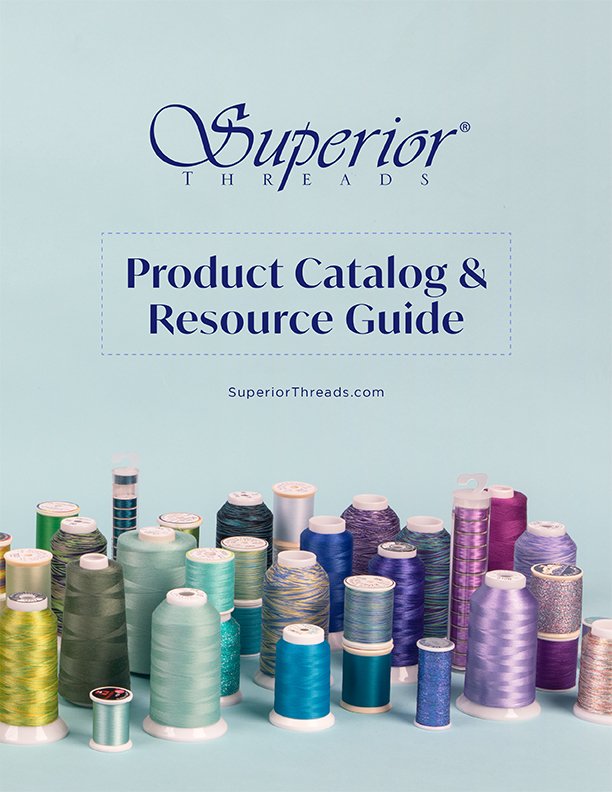Superior Education
SILK THREAD FAQ
- COLORFAST
- FILAMENT SILK
- APPLIQUE
Q: Is silk thread strong enough to tear fabric?
If you use a very heavy silk thread and a weak, flimsy fabric, the thread could cut through the fabric, but this wouldn't happen because you're using silk thread. It would happen because you have a very thick thread and a weak fabric.
Q: Do I have to match the fiber of my thread to the fiber of my fabric?
You do not need to match fiber types with threads and fabrics. Keep in mind that using the proper needle size for the top thread (depending on thickness of the top thread) and minor adjustments to tension may be necessary to obtain a perfect stitch.
Q: Are Superior's Silk Threads machine washable?
Yes! Our Silk threads are colorfast. They will retain their color and not bleed when washed with proper care. Please keep silk threads out of direct sunlight, as UV exposure to thread can have a degrading effect over prolonged exposure.

Q: What is the difference between filament silk and spun silk?
Filament silk thread is made from multiple twisted strands of silk. The silk cocoon is unwound to form one long continuous fiber and then tightly wound around itself to create a multi-filament silk thread. Spun silk thread consists of the tails, or sections of the silk fiber, which were broken from the single continuous filament fiber and then spun together. Filament silk is the premium silk and is generally stronger and has a better sheen. All of our silk threads are made from filament silk.
Q: Why would I use Superior's silk threads for my quilt over a fine polyester thread, like MicroQuilter or Bottom Line?
It's a personal choice to choose what type of fiber you want to use in a particular project. Silk has several properties that make it a popular choice for applique, binding, and quilting:
- Smooth finish and lint free
- Very strong, even for how fine silk thread can be
- Silk is colorfast
- Silk has a beautiful natural sheen and colors are vibrant
Q: Because your Kimono Silk 100 wt. thread is very fine, will it break in my sewing machine?
If you are using the proper needle (either a Topstitch #70/10 or Microtex #60/8 depending on the application) and have made any necessary adjustment to your machine's tension settings, our Kimono Silk will stitch like a dream. Despite being such a fine thread, Kimono Silk is a popular thread for longarm quilting.

 View Our Product Catalog
View Our Product Catalog